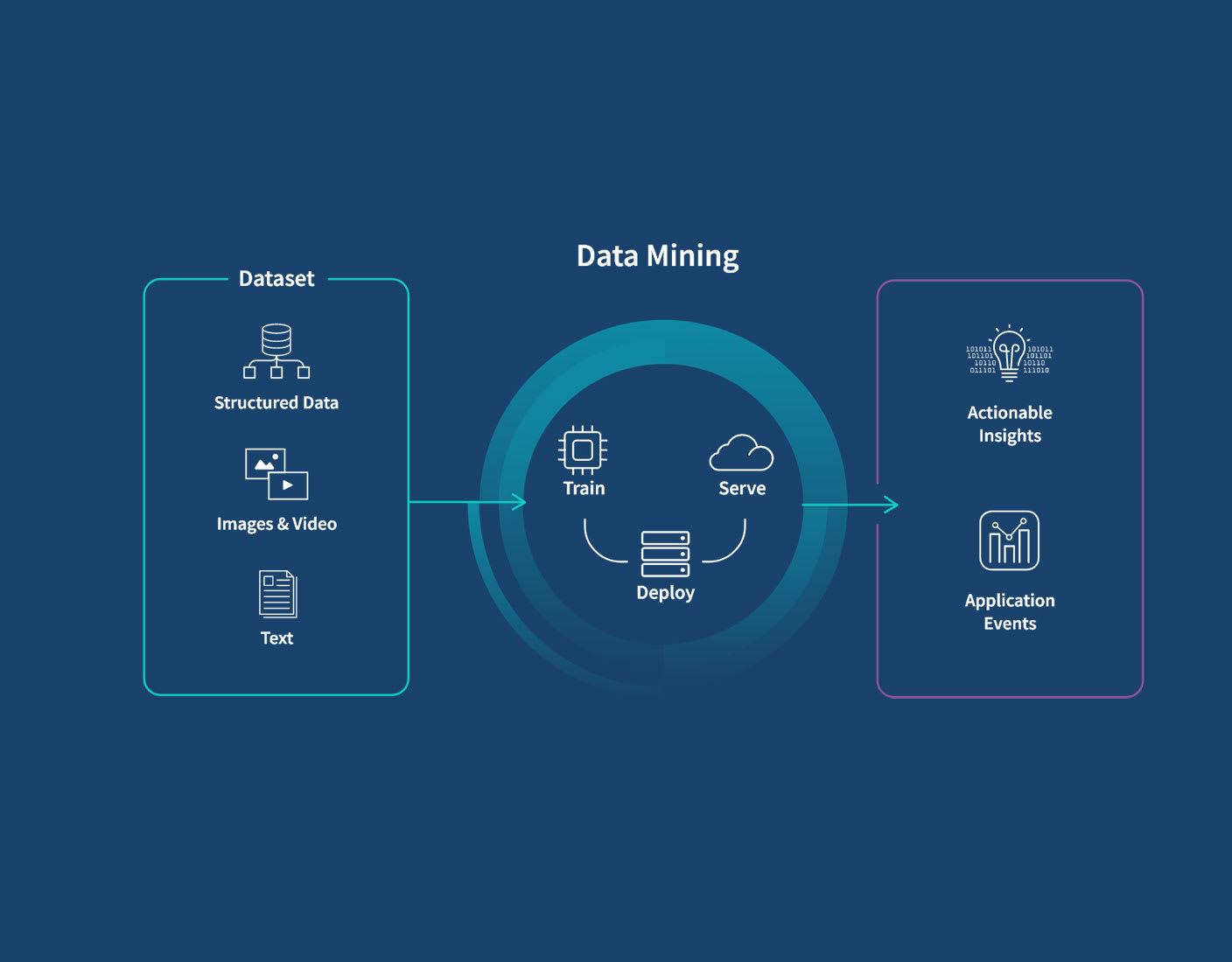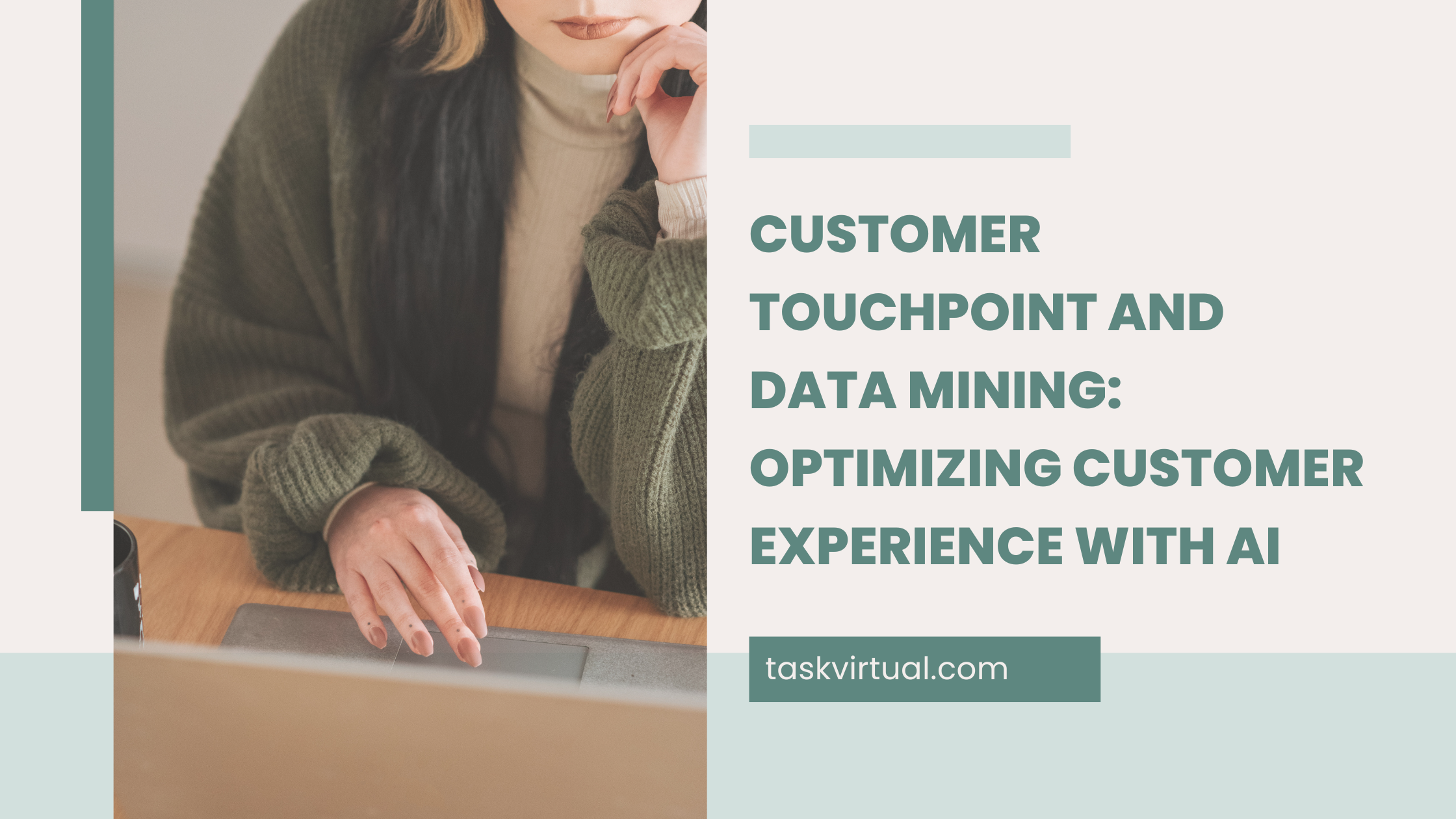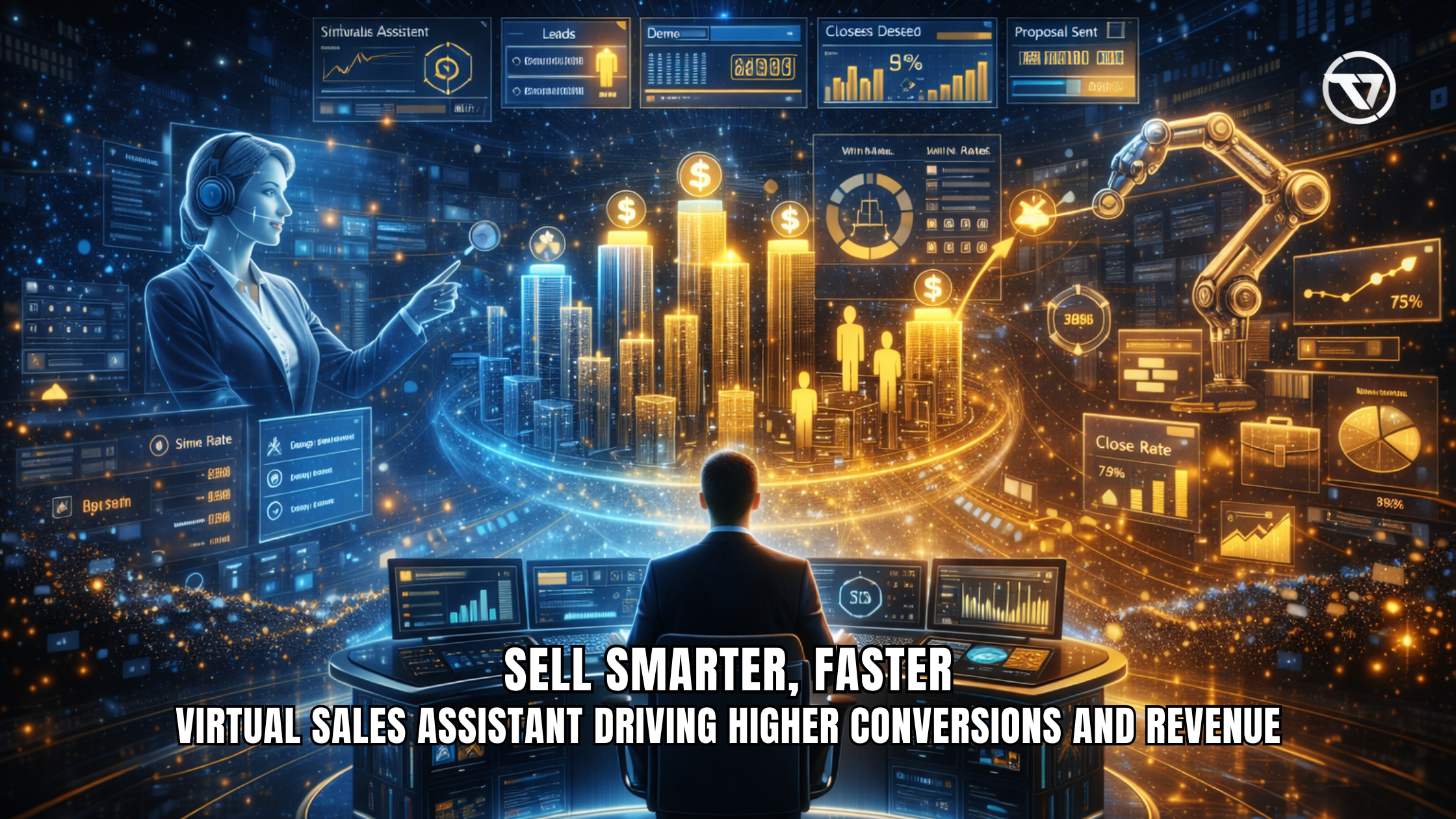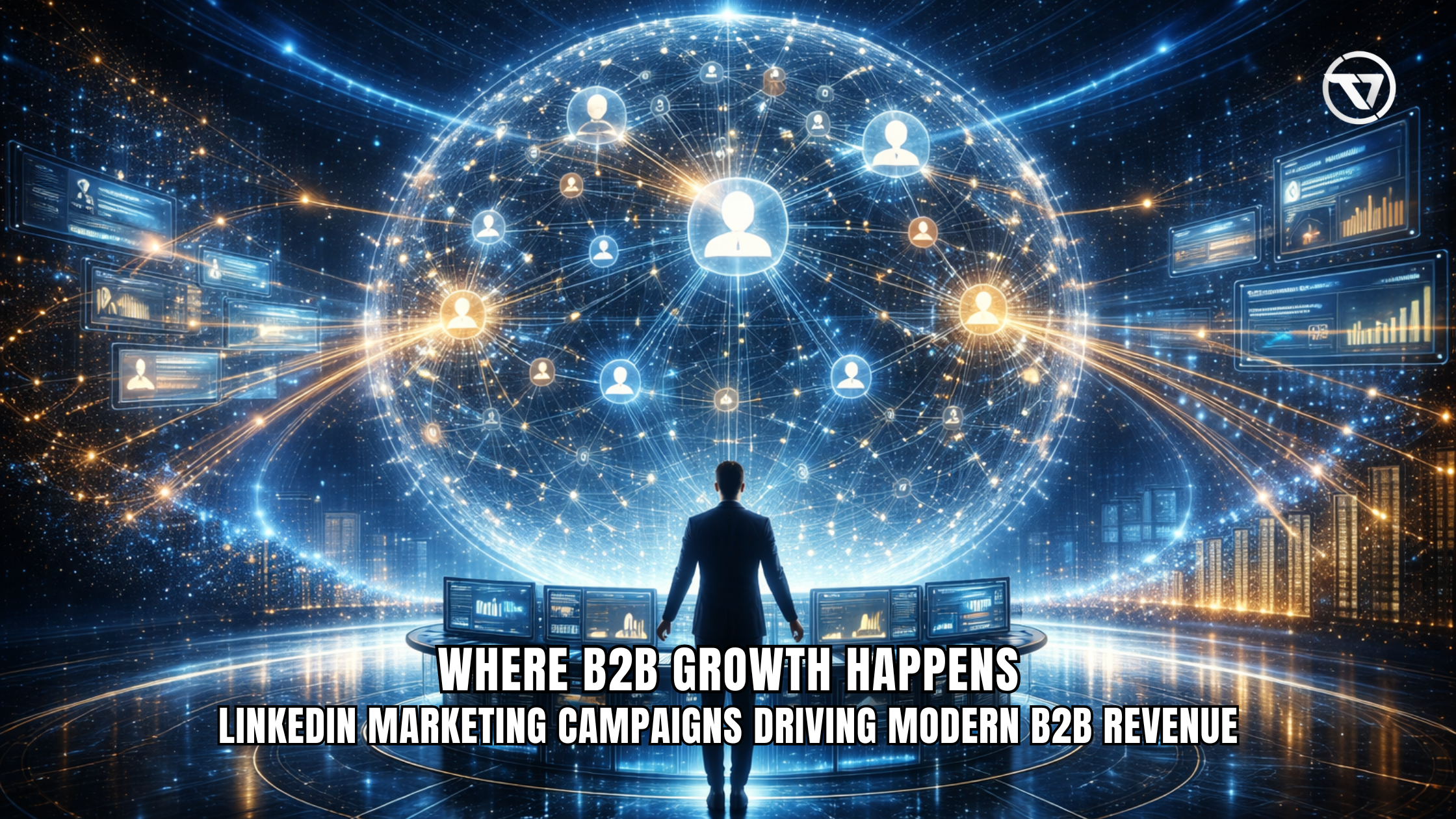
Customer Touchpoint and Data Mining: Optimizing Customer Experience with AI
Businesses today generate vast amounts of customer data through various touchpoints, from social media interactions to purchase history. Data mining helps analyze these interactions to improve customer experiences and optimize marketing strategies. According to report, the global market for customer data mining is expected to reach 50 billion dollars by 2028. This guide explores how customer touchpoints and data mining work together to enhance customer satisfaction and business growth.
What are Customer Touchpoints?
Customer touchpoints are the interactions a customer has with a brand throughout their journey. These include online and offline experiences, such as website visits, email communications, phone calls, and social media engagement.
Why are Customer Touchpoints Important?
Customer touchpoints provide businesses with valuable data on customer behavior, preferences, and engagement. Leveraging these insights helps businesses:
- Improve personalized marketing strategies.
- Enhance customer experience by understanding pain points.
- Optimize sales and customer service interactions.
- Increase brand loyalty and customer retention.
- Identify key moments that influence purchasing decisions.
What is Data Mining in Customer Analytics?

Data mining is the process of analyzing large volumes of customer data to identify patterns, trends, and actionable insights. It helps businesses make data-driven decisions to optimize customer touchpoints.
How Data Mining Enhances Customer Touchpoints
By analyzing customer interactions, data mining helps businesses improve engagement and marketing efforts.
1. Customer Segmentation
Data mining clusters customers based on purchasing habits, demographics, and online behavior for targeted marketing.
2. Predictive Analytics
AI-powered data mining forecasts future customer behaviors, helping businesses anticipate needs and adjust strategies.
3. Sentiment Analysis
Natural language processing (NLP) helps brands understand customer emotions in reviews, social media posts, and feedback.
4. Churn Prediction
By analyzing historical customer data, businesses can identify customers likely to leave and take proactive measures.
5. Recommendation Systems
Data mining powers AI-driven recommendation engines, suggesting relevant products based on past interactions.
6. Customer Journey Mapping
Businesses use data mining to track customer touchpoints and optimize the buying journey.
7. Fraud Detection
Analyzing transaction patterns helps detect fraudulent activities in e-commerce and financial transactions.
8. Customer Lifetime Value (CLV) Analysis
Data mining predicts the long-term value of customers to guide loyalty programs and retention strategies.
9. Cross-Selling and Upselling
Analyzing past purchases enables businesses to offer personalized upsell and cross-sell recommendations.
10. Real-Time Engagement Optimization
Data mining helps businesses adjust marketing strategies in real-time based on customer interactions.
Benefits of Integrating Data Mining with Customer Touchpoints

Businesses leveraging data mining in customer analytics see improved engagement and operational efficiency.
- Delivers hyper-personalized customer experiences.
- Identifies gaps in customer service and communication.
- Enhances marketing ROI through data-driven targeting.
- Improves customer support efficiency with AI-driven chatbots.
- Optimizes resource allocation based on customer behavior trends.
Best AI-Powered Data Mining Tools for Customer Analytics
These AI tools help businesses extract insights from customer interactions.
1. Google Analytics
Tracks website and app user behavior for data-driven decision-making.
2. HubSpot CRM
Uses AI to analyze customer touchpoints and automate marketing campaigns.
3. Salesforce Einstein
Predicts customer behavior and suggests personalized recommendations.
4. RapidMiner
Applies machine learning to analyze customer data for actionable insights.
5. SAS Customer Intelligence
Provides AI-driven customer analytics and sentiment analysis.
6. Microsoft Power BI
Visualizes customer data with AI-powered analytics.
7. IBM Watson Analytics
Utilizes AI to enhance customer journey analysis.
8. Qualtrics XM
AI-powered platform for customer experience management.
9. Tableau
Turns customer data into interactive dashboards for deeper insights.
10. Zoho Analytics
AI-driven tool for customer behavior and marketing trend analysis.
Challenges in Customer Data Mining

Despite its advantages, customer data mining has challenges.
- Data privacy concerns and compliance with regulations.
- Managing large volumes of customer data.
- Interpreting complex AI-generated insights.
- Ensuring accuracy in predictive analytics models.
Future of Customer Touchpoints and Data Mining
As AI technology advances, businesses will see significant improvements in customer analytics.
- AI-driven predictive modeling for real-time personalization.
- Voice AI integration for customer interaction analysis.
- Automated AI-driven marketing adjustments based on engagement.
- Blockchain-enhanced data security for customer analytics.
Why Choose TaskVirtual for AI-Powered Customer Analytics?
TaskVirtual helps businesses optimize customer touchpoints and implement AI-driven data mining services.
- Custom AI-driven customer analytics solutions.
- Integration with industry-leading data mining tools.
- Affordable pricing starting at $3.12 / hour to $14.99 / hour, ensuring value for money.
- 364 positive reviews on esteemed VA reviewing platforms, which amounted to a 4.7-star rating
- Expert consultation for data-driven customer engagement strategies.
Conclusion
Customer touchpoints and data mining work together to enhance customer experience, personalize interactions, and improve marketing strategies. AI-powered tools like Google Analytics, Salesforce Einstein, and RapidMiner help businesses analyze customer behavior and make informed decisions. As AI-driven analytics continue to evolve, companies that leverage data mining will stay ahead in customer engagement and business growth.






